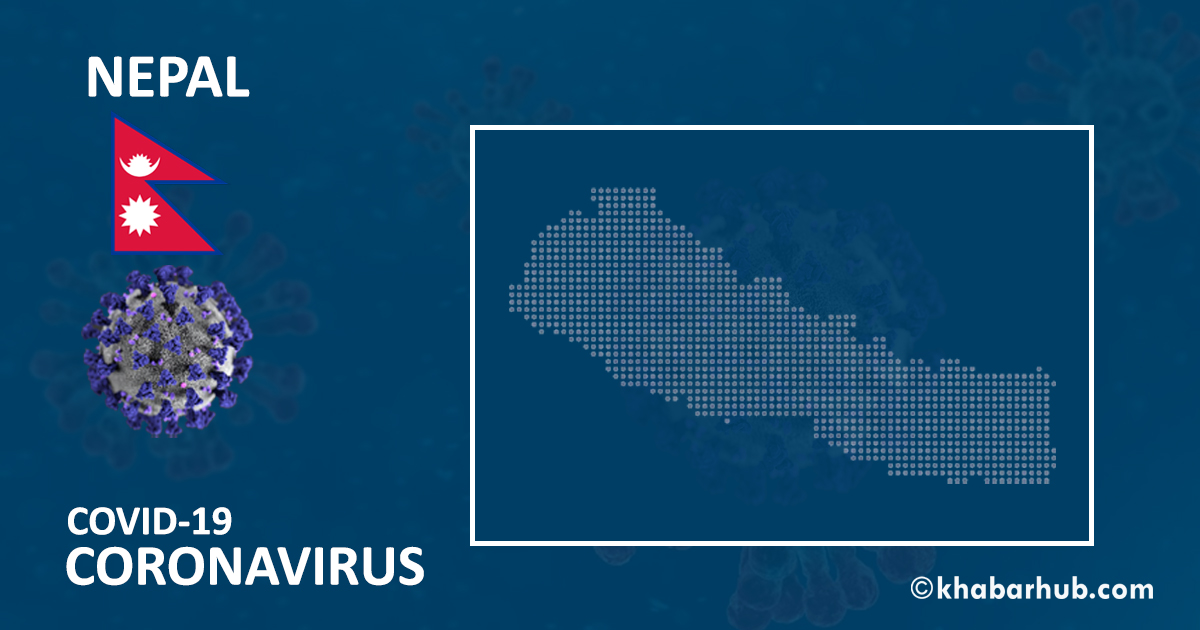KATHMANDU: The tally of COVID-19 has climbed to 258 after Nepal recorded nine more confirmed cases on Friday morning.
According to the Ministry of Health and Population, the newly infected are all men aged 37, 18, 20, 22, 25, 25, 27, 32 and 36.
One among those infected (37-year-old) with the novel virus is from Makwanpur while the rest are from Banke, Nainapur-1, 3 and 5 wards. Their swabs were tested at National Public Health Laboratory, Kathmandu and Bheri Hospital, Nepalgunj.
Their health condition is normal, according to Dr Samir Kumar Adhikari, Joint Spokesperson at the Ministry of Health and Population.
The number of COVID-19 was 249 after three new cases were confirmed on Thursday evening.
The new cases were confirmed through PCR tests conducted at the National Public Health Laboratory, Teku.
The new cases include one male and two females.
The newly-infected were a seven-year-old boy of Dahachowk, Kathmandu, 17-year-old girl of Dhanusha, Janakpur and a 33-year-old woman of Dhading, Joint-Spokesperson Samir Kumar Adhikari said.
The boy from Kathmandu and the woman from Dhading had been admitted to Armed Police Force Hospital, Dr. Adhikari told Khabarhub.
Currently, 223 people are undergoing treatment at various hospitals in the country while 35 have returned home after recovery.
Meanwhile, Nepal has conducted 3,371 tests in the past 24 hours.
According to Spokesperson Dr. Bikash Devkota, 22,664 tests have been conducted through the PCR method while 62,327 tests through the RDT so far.
Presently there are 15,600 people in quarantine and 53, 835 quarantine beds across the country.
Dr. Devkota said that 14,007 RDT kits and 7,000 pieces VTM, PPE have been sent to Province 1, 2, 5, Karnali Province, and Sudurpaschim Province via airways and lands.
Meanwhile, the government has expanded the scope of testing in the Kathmandu Valley.
According to the Department of Health Services, the campaign, which began on Thursday, aims to test at least 10,000 people in the Valley.
Director-General of the department Mahendra Prasad Shrestha said that the risk in Kathmandu has increased.
“Such a risk had never existed before. The virus has been transmitted from people who have entered the valley in the last 15-20 days,” he said.
The government is preparing to give priority to testing people at high risk. The list includes vegetable and milk vendors, drivers and co-drivers of fuel trucks, relief workers and journalists.
Health workers, doctors, nurses and those working in the frontlines of the security forces will also be given priority.










Comment